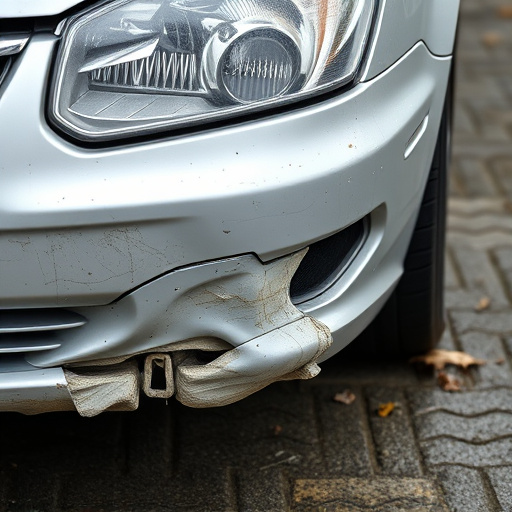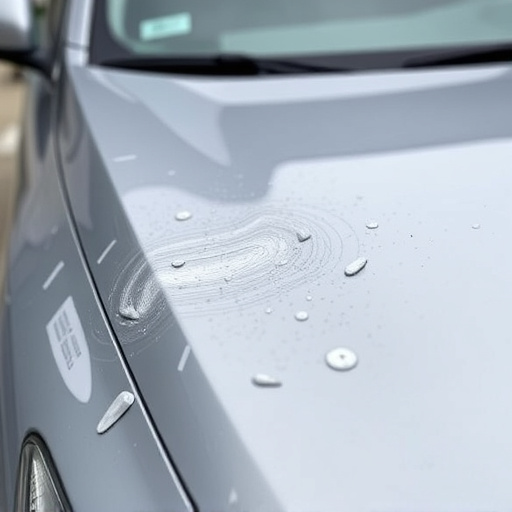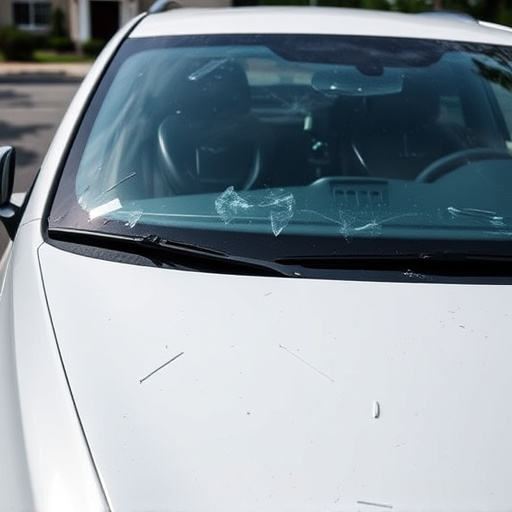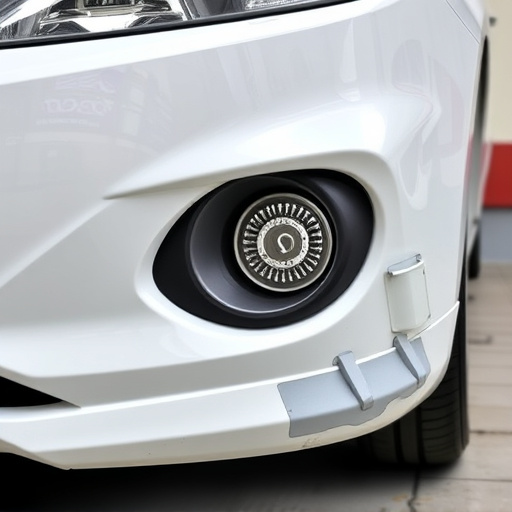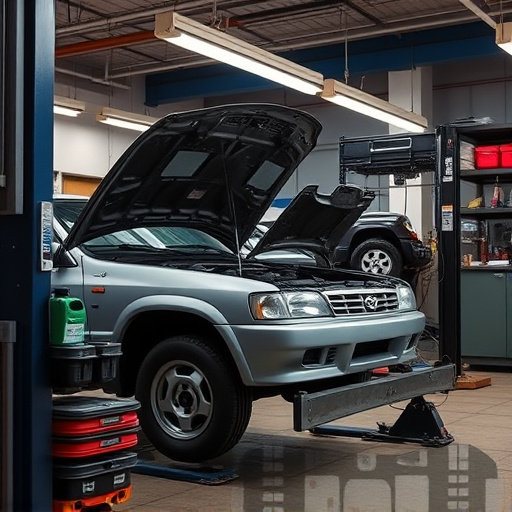Tesla repair documentation is vital for maintaining vehicle certification and safety standards. Certified repair shops must keep detailed records of auto collision and bodywork repairs, including parts used, diagnostic info, and process steps, per Tesla guidelines. This ensures transparency, customer trust, and compliance with brand's rigorous safety and quality criteria. Comprehensive record-keeping provides clear vehicle history, aids in tracking, and facilitates future maintenance for optimal Tesla performance.
Tesla repair documentation is a mandatory component of the certification process, ensuring vehicle safety and quality. This article delves into the intricacies of understanding and fulfilling Tesla’s repair documentation requirements. We explore how documented repairs play a pivotal role in achieving and maintaining Tesla certification. Additionally, we provide best practices for keeping comprehensive records, offering valuable insights for both owners and authorized service centers.
- Understanding Tesla Repair Documentation Requirements
- The Role of Documented Repairs in Tesla Certification Process
- Best Practices for Maintaining Comprehensive Tesla Repair Documentation
Understanding Tesla Repair Documentation Requirements

Tesla repair documentation is a crucial aspect of maintaining your vehicle’s certification. To ensure safety and quality standards, Tesla has established specific requirements for all repairs conducted on their vehicles. Understanding these regulations is essential for both car owners and certified repair shops.
When it comes to auto collision repair or vehicle bodywork, proper documentation is vital. This includes detailed records of the repair process, parts used, and any diagnostic information. By adhering to Tesla’s guidelines, repair shops can guarantee that every fix is accurately documented, promoting transparency and peace of mind for Tesla owners.
The Role of Documented Repairs in Tesla Certification Process

In the intricate process of Tesla certification, every detail matters, and this includes the meticulous documentation of repairs. Tesla repair documentation plays a pivotal role in ensuring that vehicles meet the brand’s stringent standards and safety regulations. When a car undergoes any form of damage or requires auto bodywork services, whether it’s a minor scratch or a more significant collision repair, comprehensive records must be maintained. This process involves detailing every step of the repair, from the initial assessment to the final touch-ups, using body shop services that align with Tesla’s approved specifications.
By keeping thorough documentation, repair shops and body shops can demonstrate their ability to handle complex car damage repairs to the highest standards. It acts as a bridge between the workshop and Tesla’s certification team, providing transparency and assurance. This is crucial for maintaining customer trust and ensuring that every Tesla on the road meets the brand’s rigorous safety and quality criteria.
Best Practices for Maintaining Comprehensive Tesla Repair Documentation

Maintaining comprehensive Tesla repair documentation is a best practice that ensures every detail of your vehicle’s service is accurately recorded and easily accessible. It starts with meticulous record-keeping during each repair process, including initial assessments, diagnostic findings, parts replaced, labor performed, and final inspection results. Every step should be documented to provide a clear picture of the vehicle’s history.
For instance, when handling dent removal or auto body services after a vehicle collision repair, detailed notes on the extent of damage, restoration techniques applied, and quality checks are vital. This documentation not only aids in tracking repairs but also serves as a reference for future maintenance, ensuring your Tesla remains in optimal condition.
Tesla repair documentation is not just a nicety—it’s a cornerstone of the Tesla certification process. By maintaining thorough and accurate records of repairs, service centers ensure compliance with Tesla’s strict standards, facilitating smoother ownership experiences for customers. Embracing best practices in document management not only streamlines operations but also fosters trust and transparency, ultimately contributing to the reliability and value of Tesla vehicles.


